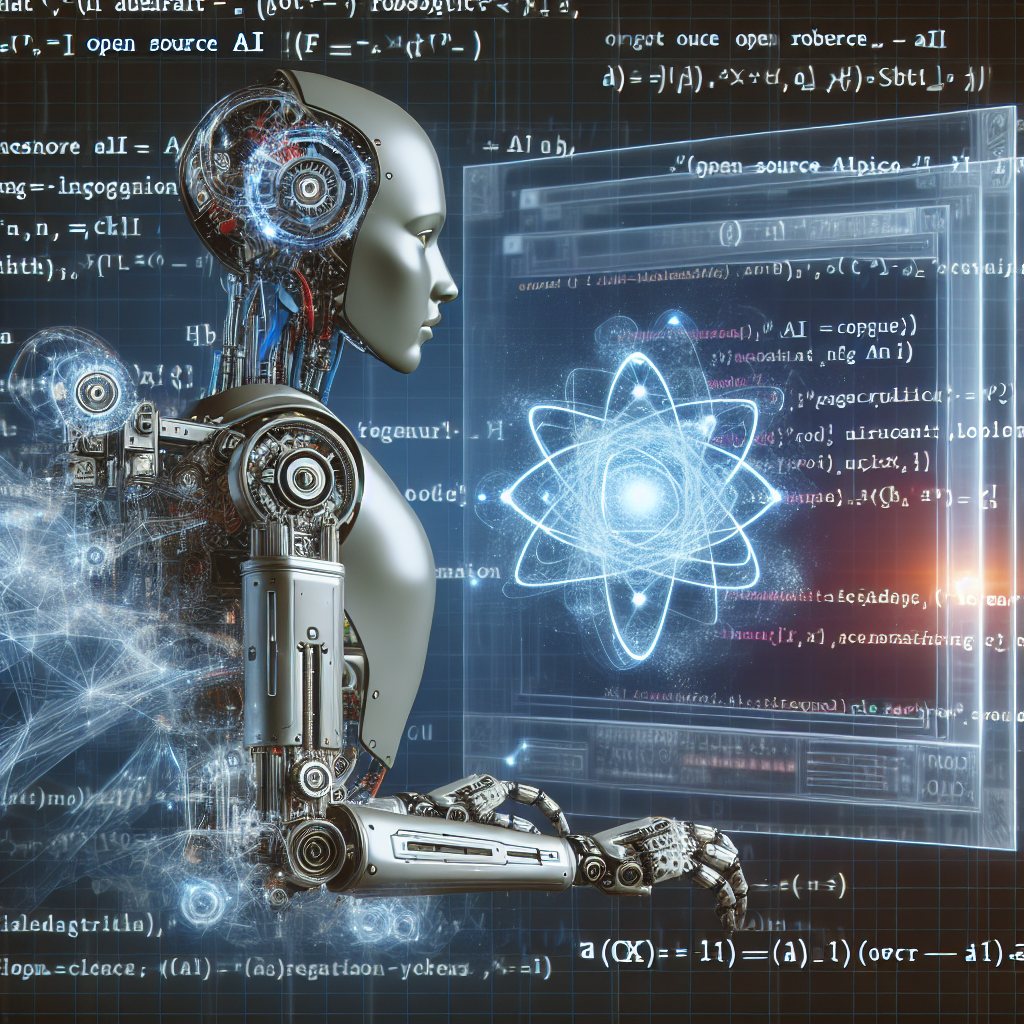Generative AI in Robotics: Advancements and Applications
Generative artificial intelligence (AI) has transformed various industries, including robotics. By using generative AI techniques, robots are now able to perform complex tasks with more efficiency and accuracy. This technology has the potential to revolutionize the field of robotics, enabling robots to adapt to new situations and solve problems on their own.
Advancements in Generative AI in Robotics
Generative AI in robotics has advanced significantly in recent years, thanks to breakthroughs in machine learning and deep learning algorithms. These advancements have enabled robots to generate new data based on existing data, allowing them to learn from past experiences and improve their performance over time.
One major advancement in generative AI in robotics is the use of generative adversarial networks (GANs). GANs are a type of neural network architecture that consists of two networks – a generator and a discriminator. The generator network generates new data samples, while the discriminator network evaluates the generated samples to determine if they are real or fake.
By training these two networks together, GANs can learn to generate realistic data samples that are indistinguishable from real data. This technology has been applied to robotics, allowing robots to generate new data and learn from it, improving their performance in various tasks.
Another advancement in generative AI in robotics is the use of reinforcement learning algorithms. Reinforcement learning is a type of machine learning algorithm that enables robots to learn through trial and error. By providing rewards for correct actions and penalties for incorrect actions, robots can learn to perform tasks through a process of trial and error.
By combining reinforcement learning with generative AI techniques, robots can learn to generate new data and improve their performance in real-time. This enables robots to adapt to new situations and solve problems on their own, without the need for human intervention.
Applications of Generative AI in Robotics
Generative AI in robotics has a wide range of applications across various industries. Some of the most common applications include:
1. Autonomous navigation: Generative AI algorithms can be used to improve the autonomous navigation capabilities of robots. By generating new data and learning from it, robots can navigate complex environments more effectively and avoid obstacles in real-time.
2. Object recognition: Generative AI algorithms can be used to improve object recognition capabilities in robots. By generating new data samples and learning from them, robots can identify and categorize objects more accurately, enabling them to perform tasks such as pick-and-place operations in manufacturing environments.
3. Speech recognition: Generative AI algorithms can be used to improve speech recognition capabilities in robots. By generating new speech samples and learning from them, robots can understand and respond to human speech more accurately, enabling them to interact with humans in a natural and intuitive way.
4. Task planning: Generative AI algorithms can be used to improve task planning capabilities in robots. By generating new data samples and learning from them, robots can plan and execute complex tasks more effectively, enabling them to perform tasks such as assembly and inspection in industrial settings.
5. Adaptive learning: Generative AI algorithms can be used to enable robots to adapt to new situations and learn from their experiences. By generating new data samples and learning from them, robots can improve their performance over time and become more efficient at performing tasks.
FAQs
Q: What is generative AI in robotics?
A: Generative AI in robotics refers to the use of generative algorithms to enable robots to generate new data and learn from it. By generating new data samples and learning from them, robots can improve their performance in various tasks and adapt to new situations.
Q: How does generative AI improve robotics?
A: Generative AI improves robotics by enabling robots to generate new data and learn from it, improving their performance in tasks such as object recognition, speech recognition, task planning, and adaptive learning.
Q: What are some common applications of generative AI in robotics?
A: Some common applications of generative AI in robotics include autonomous navigation, object recognition, speech recognition, task planning, and adaptive learning.
Q: What are some key advancements in generative AI in robotics?
A: Some key advancements in generative AI in robotics include the use of generative adversarial networks (GANs) and reinforcement learning algorithms to enable robots to generate new data and improve their performance in real-time.
Q: How can generative AI algorithms be used to improve robot performance?
A: Generative AI algorithms can be used to improve robot performance by enabling robots to generate new data samples and learn from them, allowing them to adapt to new situations and solve problems on their own.
In conclusion, generative AI in robotics has the potential to revolutionize the field of robotics by enabling robots to generate new data and improve their performance in various tasks. By combining generative algorithms with deep learning and reinforcement learning techniques, robots can learn from their experiences and adapt to new situations, making them more efficient and versatile in a wide range of applications. As this technology continues to advance, we can expect to see even more innovative applications of generative AI in robotics in the future.

